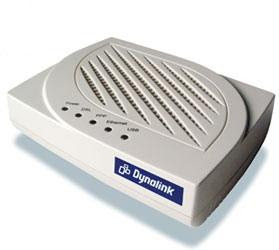
Port Forwarding is required when applications require ports to be open to operate correctly.
You will need to know the port/s that you are trying to open, and also the IP Address of the device (computer, VoIP ATA, etc.) that you are Port Forwarding to.
Setting a Static IP Address
If you are Port Forwarding to a device other than a computer, you will need to contact the manufacturer of the device to find out what it's IP Address is. You will also need to ensure this IP Address is a Static IP Address.
If you are Port Forwarding to a computer, you will need to set a Static IP Address on your computer. An example of a Static IP Address you can choose is as follows:
- IP Address: 192.168.1.20
- Subnet Mask: 255.255.255.0
- Default Gateway: 192.168.1.1
- Preferred (Primary) DNS: 192.168.1.1
- Alternate (Secondary) DNS: 4.2.2.2
For instructions on setting a Static IP Address on your computer, please see the following Article:
Networking - Setting a Static IP Address
Please make a note of the IP Address that you have set in the above article before continuing.
Configuring the Modem/Router
First, open your Web Browser (such as Internet Explorer), and enter the following numbers into the Address Bar:
192.168.1.1
If asked to login, the default username and password is "admin" and "admin" without the quotes.
Second, click on Advanced on the top-menu.
Third, click on Virtual Server on the left-menu, and then click on Port Forwarding on the left-menu. You should now see the following:
Press the Add button.
You should now see the following:
For Application Name, select User Defined. Enter a descriptive name for this port forwarding rule.
In the above example, "Test" is the name for the rule.
Leave From Internet Host IP Address on ALL.
In Forward to Internal Host IP Address, enter the IP Address of the device you are port forwarding to.
In the above example, 192.168.1.20 is the IP Address.
In the above example, we have port forwarded the port 3000, which is in all 4 boxes on the 1st row.
Select the correct protocol type for your ports traffic. If you are unsure what Protocol your port requires, choose TCP/UDP.
Enter the port numbers that you need to open:
- If you need to only port forward one port (for example, 3000), enter the same number in all 4 boxes on the 1st row (as shown above)
- If you need to port forward a range of ports (for example, 3000-4000), enter the starting number in the Port Start boxes, and enter the ending number into the Port End boxes.
- If you need to port forward more than one port (for example, 3000 and 5000), you can make another entry on the next row.
Port Forwarding has now been configured.

0 comments:
Post a Comment